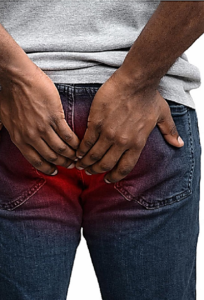Piles Fistula

Understanding Piles and Fistula: Causes, Symptoms, and Treatment
Piles (Hemorrhoids) and Fistula are two common anorectal conditions that affect millions of people worldwide. Though they share some similarities, they are distinct medical issues that require different approaches to treatment.
What are Piles (Hemorrhoids)?
Piles, also known as hemorrhoids, are swollen veins in the rectum or anus. They can be internal (inside the rectum) or external (under the skin around the anus). Piles often cause discomfort, itching, and bleeding during bowel movements.
Causes of Piles
Chronic constipation or straining during bowel movements
Sitting for long periods, especially on the toilet
Pregnancy, due to increased pressure on rectal veins
Low-fiber diet and insufficient hydration
Obesity or lack of physical activity
Symptoms of Piles
Pain or discomfort in the anal region
Bleeding during bowel movements
Itching or irritation around the anus
Swelling or lumps near the anus
What is a Fistula?
A fistula is an abnormal tunnel-like connection between the anus and the skin surrounding it. It usually develops due to an infection in the anal glands, leading to an abscess that does not heal properly.
Causes of Fistula
Untreated anal abscesses
Infections in the anal glands
Crohn’s disease or other inflammatory bowel conditions
Previous surgery or trauma in the anal region
Tuberculosis or sexually transmitted infections (STIs) in rare cases
Symptoms of Fistula
Persistent pain and swelling near the anus
Recurrent abscesses with pus or foul-smelling discharge
Skin irritation or redness around the affected area
Pain while sitting or passing stools
